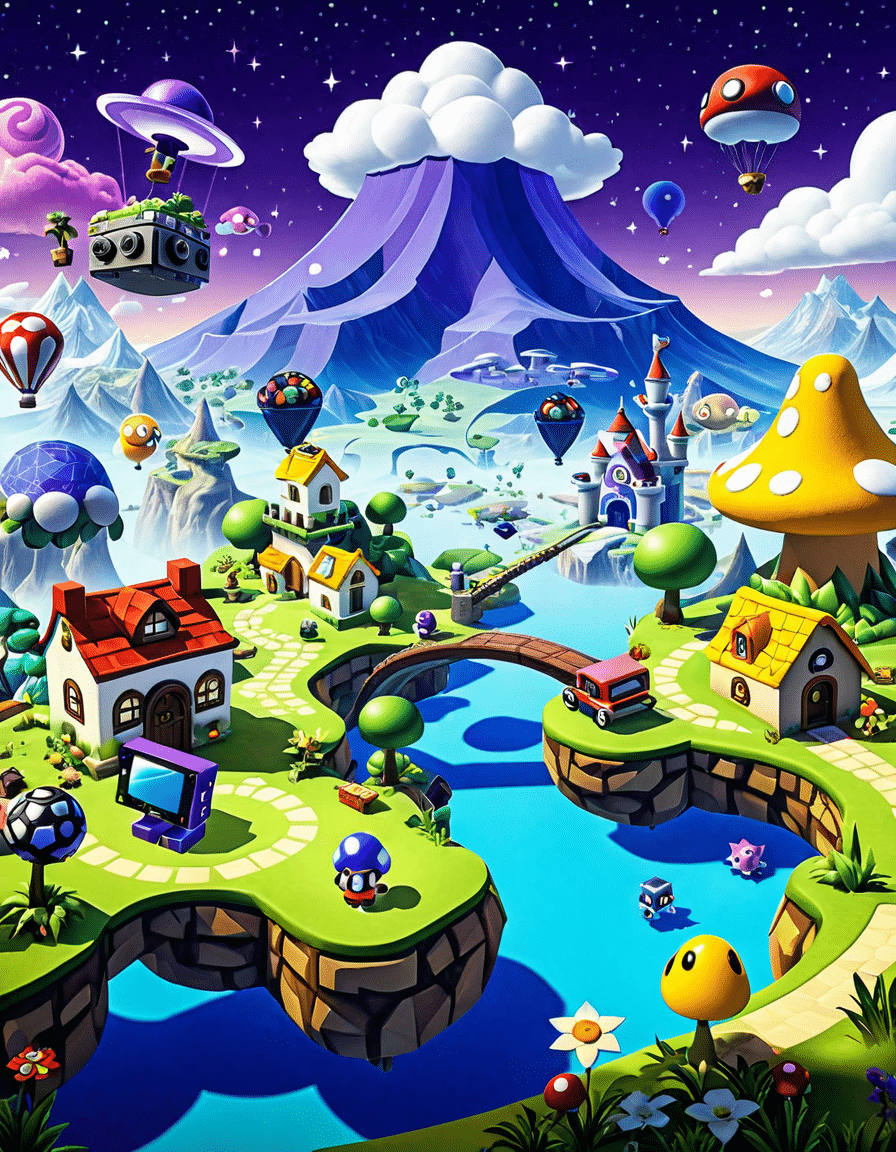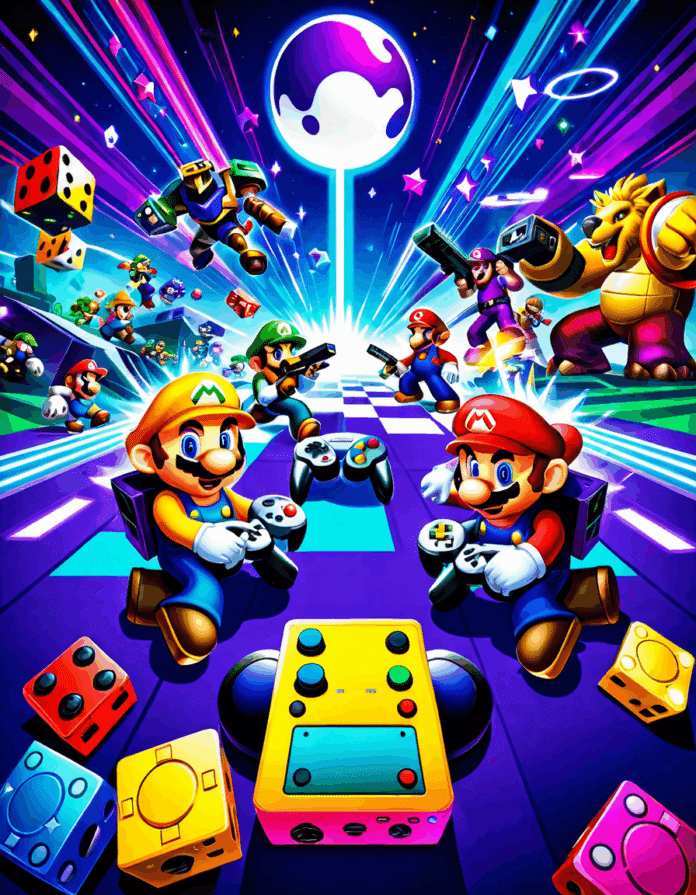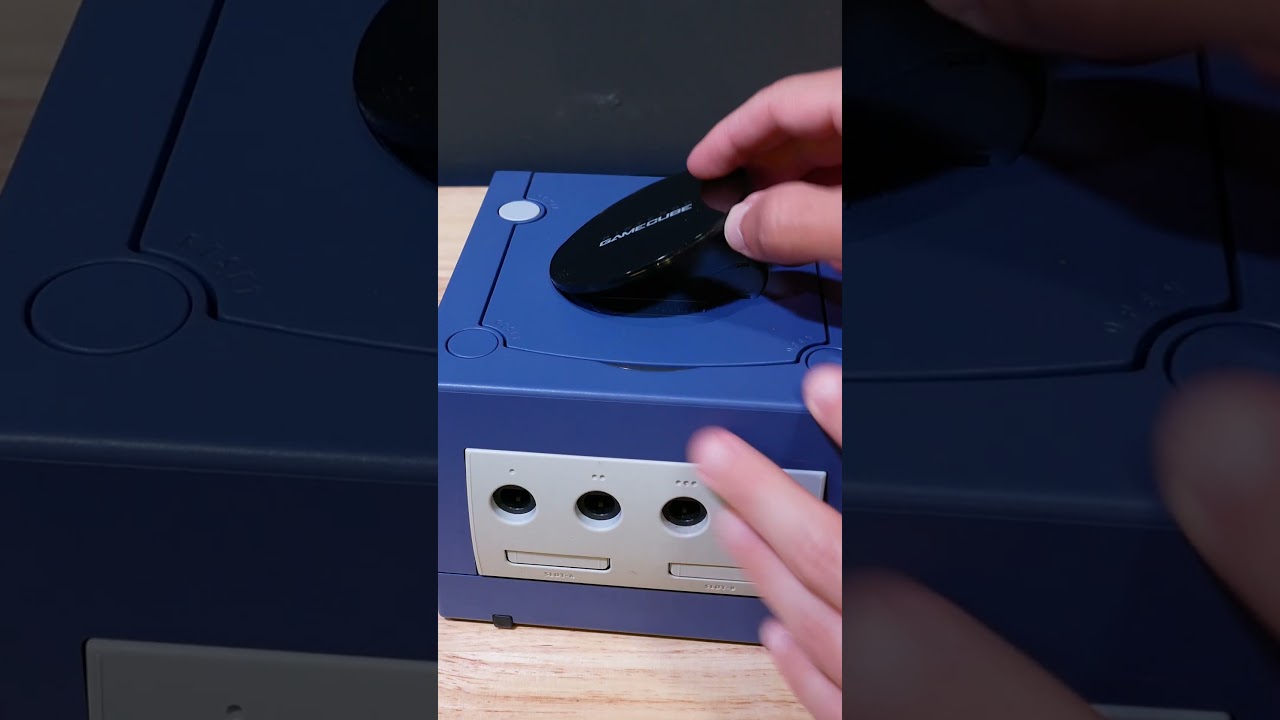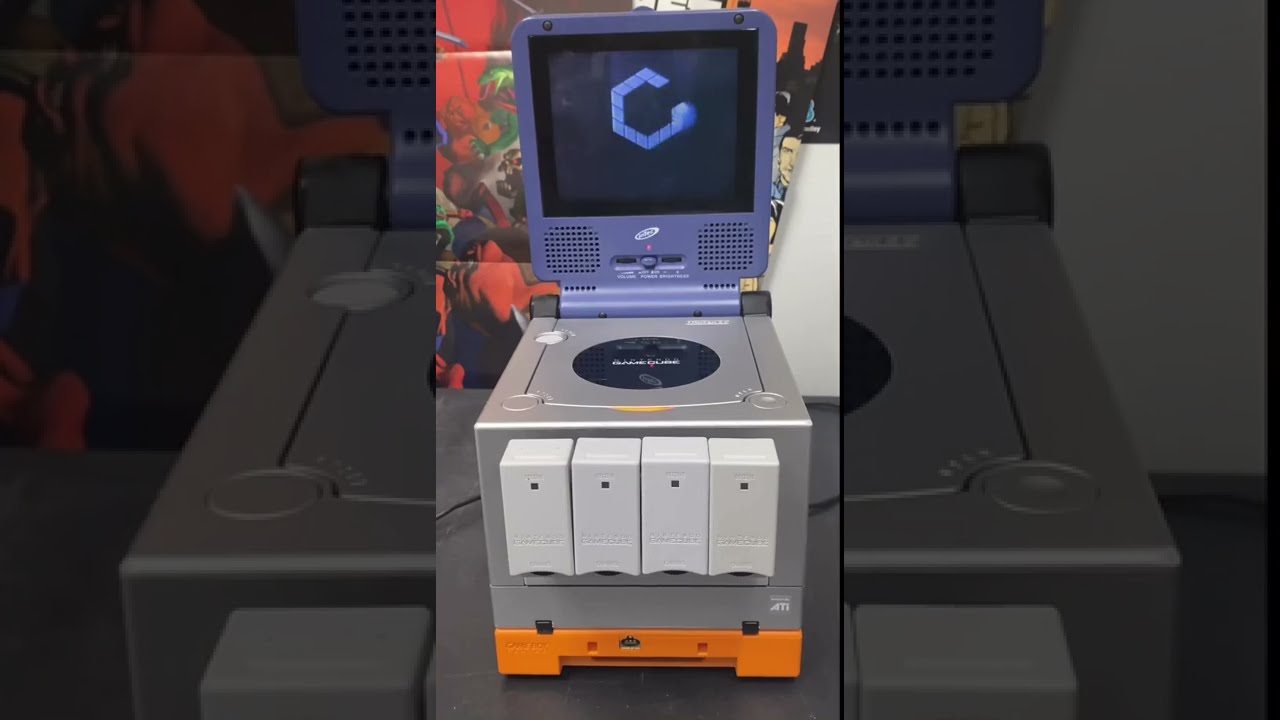The GameCube: Legacy and Impact on Gaming Culture
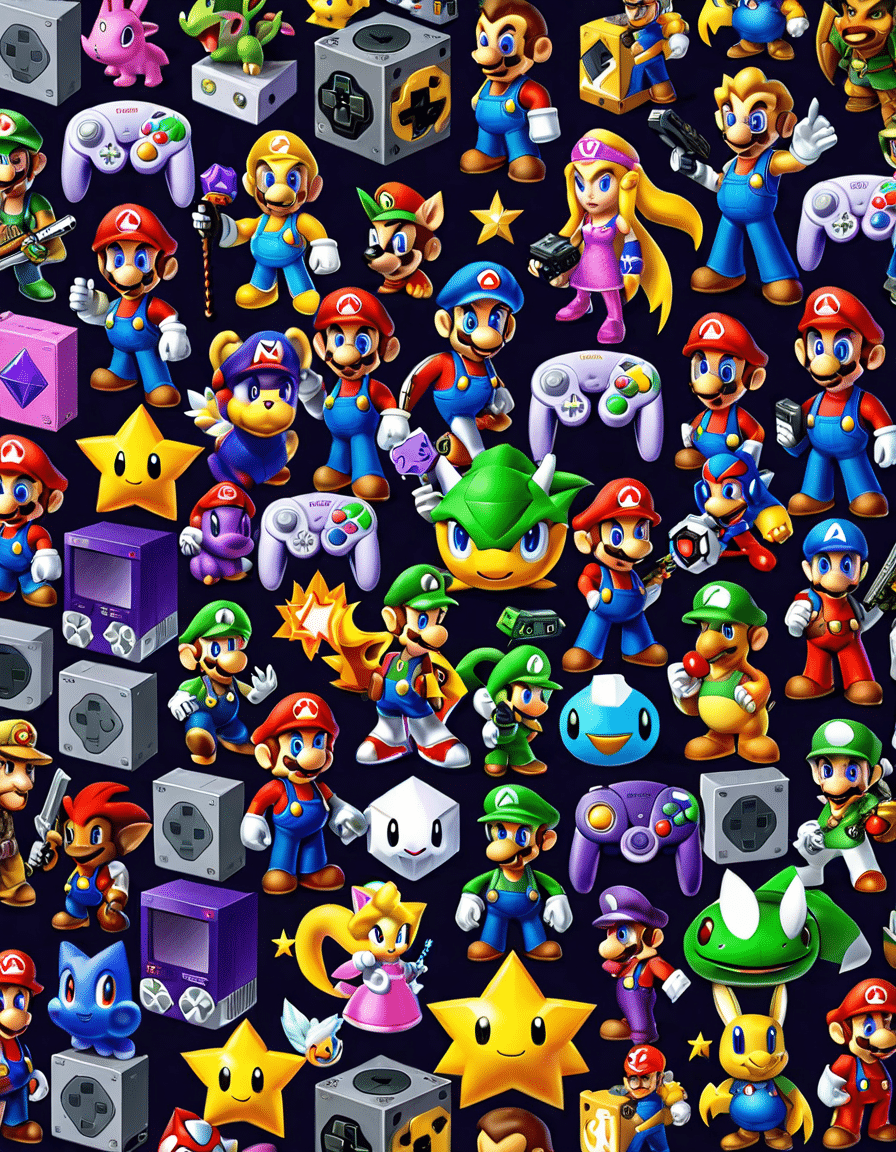
1. The Enduring Legacy of GameCube in the Gaming Landscape
The Nintendo GameCube, launched in 2001, often gets overshadowed by its larger siblings—the Nintendo 64 and the Wii—yet its impact on gaming culture runs deep. Despite selling fewer units than anticipated, the GameCube introduced groundbreaking innovations that shaped the gaming world. Its imaginative features, along with a unique library of games, created a digital gaming culture that still resonates today.
At its core, the GameCube was a formative influence on how games would be developed and played. With its stylistic design and an emphasis on community-centered gameplay, the GameCube fostered connections among players. It elicited memorable gaming moments and laid essential groundwork for future technological advancements. The GameCube was not merely a console; it was a cultural phenomenon that subtly pushed the envelope for multiplayer experiences and design aesthetics.
Many of its attributes paved the way for future systems. The compact structure of the GameCube, paired with unique functionality, gave it an identity that still reverberates across consoles today. Its legacy is evident in how Nintendo’s approach continues to evolve, making it essential to recognize the GameCube’s role in shaping modern gaming culture.
2. Top 7 Game-Changing Features of the GameCube That Shaped Gaming Culture
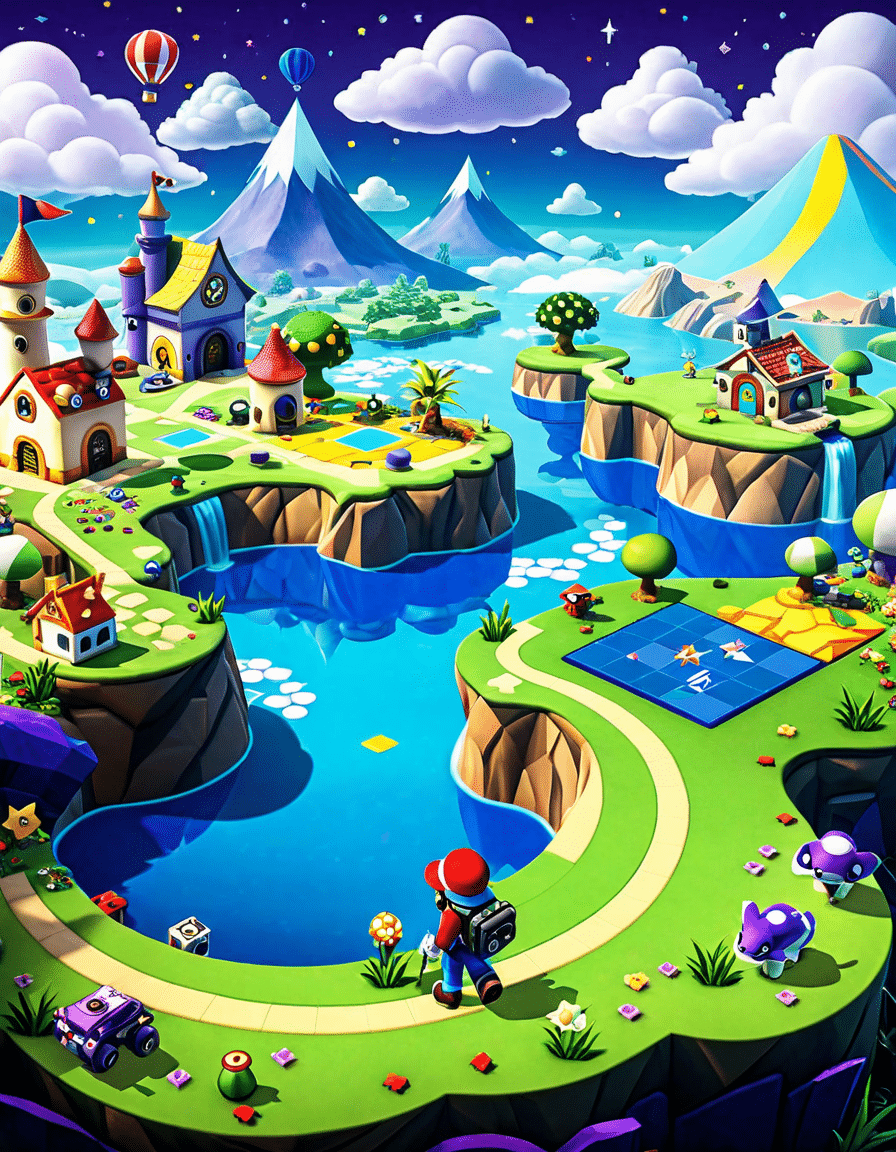
3. The GameCube’s Connection to the Wii U and Nintendo Switch
The ethos of the GameCube smoothly transitioned into later consoles like the Wii U and Nintendo Switch. Its compact and versatile design laid the groundwork for the hybrid nature of the Nintendo Switch. Players can now enjoy a seamless transition between handheld and home gaming, which harkens back to the GameCube’s user-friendly approach.
Moreover, many beloved characters from the GameCube era reappear in current titles, keeping this cherished legacy alive. Iconic figures like Mario and Link often bridge generations of gameplay, ensuring that the spirit of the GameCube thrives in contemporary gaming experiences. The integration of such characters creates a sense of nostalgia, evoking memories for older gamers while introducing younger generations to these treasures.
In this way, the GameCube’s influences continue to shape innumerable gaming aspects, from gameplay mechanics to character development. It stands as a testament to how the past can inform the future, blending nostalgia with innovation.
4. The Lasting Impact on Game Design and Culture
The GameCube notably transformed game development strategies, particularly regarding user interface and multiplayer mechanics. Its vibrant, playable worlds encouraged developers to think outside the box—leading to innovation that modern titles are built upon today. By establishing a blend of traditional gaming and cutting-edge design, the GameCube positioned itself as a bridge between legacy platforms like the Nintendo 64 and progressive ideas in gaming.
For instance, the interface of many current games showcases clean designs that share similarities with the GameCube architecture. The emphasis it placed on social and local multiplayer experiences has ensured that developers use community-oriented features in game design, aiming to foster interpersonal connections among players.
As today’s designers pull in nostalgic elements, it’s this foundation that allows the gaming culture to adapt and innovate continually. The GameCube not only left a pair of footprints in video game history but also paved the way for future advancements that remain to be explored.
5. Influence on Gaming Communities and Competitive Play
The GameCube was instrumental in fostering lively gaming communities. Titles that encouraged competitive play, such as “Super Smash Bros. Melee,” birthed grassroots tournaments and forever altered the landscape of competitive gaming. These events helped lay the groundwork for esports, which turned gaming into a cultural phenomenon.
With dedicated fan bases, players began organizing competitions around the GameCube’s flagship titles. The passion of these communities contributed to the longevity of certain games, showcasing just how deeply the GameCube resonated with its audience.
Online forums and chat rooms buzzed with discussions about strategies and character selection, transforming casual gaming into a sport of skill and strategy. This evolution of competitive play augured well for the emergence of organized tournaments, allowing companies to capitalize on the growing esports fervor.
6. The GameCube’s Role in the Broader Context of Gaming Trends
While the GameCube faced stiff competition from contemporaries like Sony’s PlayStation 2, which dominated sales charts, it carved its own niche. Its unique character and steadfast dedication to family-friendly content led to a resilient cult following. This loyalty ultimately laid the psychological groundwork for future Nintendo titles, showcasing that brand loyalty could sustain a company through competitive slumps.
Many of the innovations introduced by the GameCube have since become central to Nintendo’s identity as a game designer. Interestingly, the GameCube’s unmistakable charm continues to influence tastes and trends in the gaming market, reiterating the idea that great gameplay transcends generations.
Even as sales numbers lagged compared to the PlayStation 2, the GameCube’s focus on crafting enjoyable experiences ensured its place in gaming history. The stories created through its games left an enduring mark on both players and developers alike, demonstrating the significance of innovation, creativity, and storytelling.
7. Nostalgia and the Rise of GameCube Remasters
As nostalgia swells within gaming communities, remasters and re-releases of GameCube classics have begun to flood modern platforms. This resurgence allows younger players to experience iconic titles and unearth the charm that originally captivated audiences. Games like “The Legend of Zelda: The Wind Waker HD” showcase updated graphics while retaining the spirit that made them beloved in the first place.
These remasters highlight the enduring legacy of the GameCube and the significance of its contributions to gaming culture over the years. By rediscovering these historic titles, players gain insights into the evolution of modern game design while appreciating the rich narratives the GameCube launched.
In many ways, these remakes serve not just as a look back at nostalgia but as a testament to how impactful these games were. They remain potent cultural touchstones, allowing gamers to forge connections across various generations.
Embracing the GameCube’s Impact on Today’s Gaming Landscape
As we dig deeper into the GameCube’s lasting influence, it’s apparent this seemingly inconspicuous console has left an indelible mark on gaming culture. With innovations in controller design and multiplayer experiences, the GameCube’s contributions are woven into the very fabric of today’s gaming experiences. As we continuously see nods to its legacy in modern titles and consoles, the GameCube stands as a powerful testament to how even the most underrated systems can shape industry trajectories and influence gamers’ hearts for decades to come.
It is crucial to not only look back at the GameCube’s legacy but also to celebrate its ongoing influence. Today’s gaming landscape has been sculpted by its spirit and vision, nurturing a culture of creativity and communal experiences that resonates even in contemporary times. Indeed, the GameCube is a milestone that reminds us of gaming’s evolution while also preserving the essence of fun, engagement, and imagination that lies at the heart of every great game.
Gamecube Trivia: Fun Facts and Oddities
The Quirky Charm of Gamecube
The Nintendo Gamecube, released in 2001, made its mark with a distinctive design that was as memorable as its game library. Did you know that the Gamecube was originally projected to be a game-changer with its small, cube-like shape? It was quite different from its competitors, boasting a handle on the back that made it easily portable—perfect for lugging it around to friends’ houses for gaming marathons. Speaking of unexpected venues, imagine rocking out at the Bridgestone Arena while discussing your favorite Gamecube games; it just goes to show how diverse the gaming community really is!
Hidden Gems and Innovations
While heavyweights like “Super Smash Bros. Melee” stole the spotlight, the Gamecube had lesser-known titles that deserve a shout-out. For instance, “Eternal Darkness: Sanity’s Requiem” offered an innovative psychological horror experience that could mess with players’ minds—talk about a wild ride! Speaking of surprises, remember the uproar over the 67th Annual grammy awards? Sometimes, just like that event, fans have to have a spirited debate about the merits of their favorite games. And who could forget about “The Legend of Zelda: The Wind Waker”? Its cel-shaded graphics sparked a heated conversation on aesthetics, paralleling the debate about the visuals in Ghostbusters 2016, another media venture that faced scrutiny but built a loyal fan base.
A Lasting Legacy
The Gamecube may have flown under the radar for some, but it left an indelible mark on gaming culture. Its four-controller ports encouraged social gaming like few others, fostering friendships and rivalries alike. Players often reminisce about epic all-nighters spent battling it out with buddies. Fun fact: the Gamecube’s memory cards were essential for saving your progress in beloved titles, and they were often lost or misplaced—just like missing a tweet from influential figures like Andy Ngo on Twitter. Curious about currency? The Gamecube might inspire you to exchange your 5000 yen To Usd on a whim just to grab a nostalgic title! Ultimately, the Gamecube thrived as an underdog, teaching us that sometimes, it’s the unconventional paths that lead to the most gripping adventures, much like the Adventures Of Superman. It’s proof that even in a competitive market, creativity can prevail.
